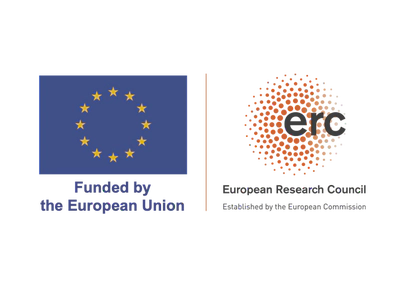HISOL & XSOL: High-energy soliton dynamics in hollow capillary fibres

Funded by: ERC
High-energy soliton dynamics in hollow capillary fibres for self-compression and deep and vacuum ultraviolet pulse generation
Optical soliton dynamics can cause the extreme alteration of the temporal and spectral shape of a propagating light pulse. For example they can be used for temporal self-compression and are the basis of a multitude of routes to supercontinuum generation. They occur at up to kilowatt peak powers in glass-core optical fibres and the gigawatt level in gas-filled microstructured hollow-core fibres.
The goal of the HISOL project is to understand and demonstrate optical soliton dynamics in large-core hollow capillary fibres (HCF). This enables scaling of soliton effects by several orders of magnitude to the multi-mJ energy and terawatt peak power level.
We have experimentally demonstrated two key soliton effects. First, we have obtained self-compression to sub-cycle pulses and infered the creation of high-power sub-femtosecond field waveforms, sometimes refered to as optical attosecond pulses.

Second, we efficiently generated continuously tunable high-energy pulses in the vacuum and deep ultraviolet (110 nm to 400 nm) through resonant dispersive-wave emission. We have used our numerical modelling to infer the duration of the VUV pulses to be around 2 fs, which means that they have the highest peak power, and hence highest brightness, of any continuously tunable VUV source yet demonstrated. In fact our table-top VUV source has a higher brightness than kilometre scale free-electron lasers.

These results promise to be the foundation of a new generation of table-top light sources for ultrafast strong-field physics and advanced spectroscopy.
Since the first results, described above, we have extended this technique in multiple directions. We have demonstrated that it works at longer wavelengths in the mid-infrared, we have shrunk the system down to less than 20 cm, and we have generated circularly polarised light pulses across the deep-ultraviolet. We have used pressure gradients to deliver these extremely short pulses directly to vacuum, explored a wide range of dispersion regimes, and explored the limits of VUV generation. Furthermore, we have demonstrated this system on Yb pump lasers, enabling both repetition rate up-scaling along with down-scaling of the overall system dimensions.
In our XSOL project, we are currently working on significant further energy up-scaling, with the aim of driving strong-field physics in the sub-cycle and VUV pulse regime for the first time.
HISOL and XSOL are funded by the European Research Council under the European Union’s Horizon 2020 research and innovation programme, under ERC starting grant agreement HISOL, No. 679649, and ERC Consolidator Grant agreement XSOL, No. 101001534.


